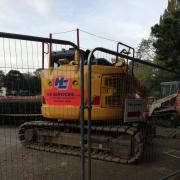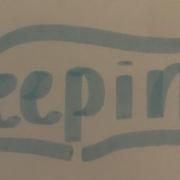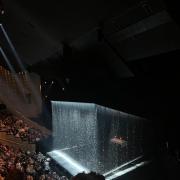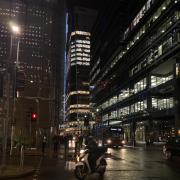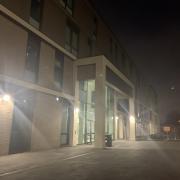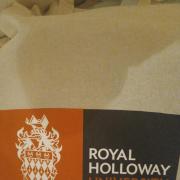
Although the common perception of abandoned buildings is that they are cesspits run rampant with vandals, the locations do have ulterior potential.
Upon diving into the depths of YouTube, a channel named 'The Proper People' can be found run by 2 friends Micheal and Bryan. Their strangely therapeutic videos consist of them exploring a range of locations from disgraced asylums to Chinese water parks and even schools with all of their working electronics still installed. Strictly, they explore and photograph the areas and comment on the shameful and unnecessary destruction of the relics. In one video where they explore a Chinese ghost town which was left solitary even before completion, one of the friends comments on how the shear grandeur and emptiness created a bubble of surrealism in the atmosphere. As their day begins to draw in, the sunset, smoggy air and the concrete giants overrun with vines eerily transports us into another realm of physical escapism.
The common, and obvious, reason for the prohibition on letting the public into these sites is put down to health and safety. However, there surely must be other methods of allowing modern day people safely and legally explore these time capsules. Firstly, there could be extra funding put into maintaining the buildings (rewiring, plumbing, reinforcements etc.) rather than demolition costs, so that they can be utilised as a museum or exhibition depending on the time they were built. For example, some asylums built in the turn of the century still have the original architecture and questionable medical equipment which is simply wasted by rotting away in a derelict building (especially seeing as some of the sights are still full of usable technology). Not only does this create a sustainable environment for them to exist in, but also an educational experience.
Despite the individual and fascinating nature of each abandoned building, there can only be so many disused asylums, theatres and shopping malls making it perfectly acceptable to convert them into residential areas, a common way of repurposing these sights. Yet these rarely get acted upon once demolition has occured whilst also being very costly. Besides, an old theatre repurposed into apartments is far more interesting than lifeless concrete housing blocks.
A final proposal for these historical skeletons is for the entertainment industry. Plenty of historical dramas or horror thrillers would be incredibly compatible with some of these locations and would also eliminate the need to create new disposable sets which are made at a great cost. Or perhaps more simply, documentaries about the backstory of the sights; what it was like in its heyday and what led to its untimely downfall. By doing this, the locations are immortalised in film.
Meanwhile, these relics, frozen in time, are desecrated by juvenile graffiti markings. Slowly, nature also takes its claim over the buildings, an image depicted by Percy Shelley in Ozymandias reminding us of the temporary nature of humanity. Thus we should rethink our attitudes to abandoned buildings. The evolution of the architecture, culture and art connected to these buildings must be made worthwhile which can only be made in a change of perception of their potential.







